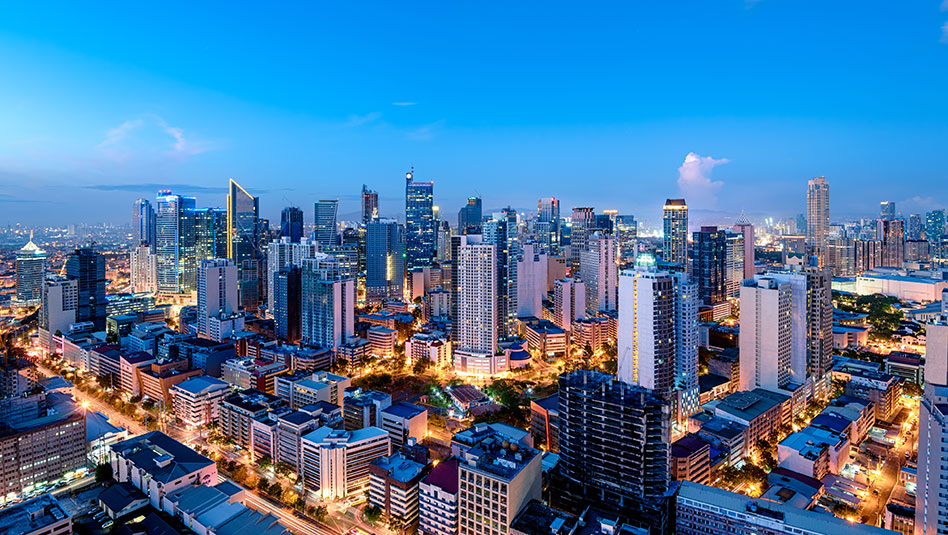Access this content:
If you are an existing investor, log in first to your Metrobank Wealth Manager account.
If you wish to start your wealth journey with us, click the “How To Sign Up” button.

Fundamental View
AS OF 18 Jun 2025- Pertamina enjoys very strong linkages with the Government of Indonesia (GoI) and is assured of extraordinary support in times of distress.
- Lower expected Brent crude prices YoY could weigh on its upstream margins and overall EBITDA (given the upstream business accounts for >65% of consolidated EBITDA).
- Although leverage typically remains low, Pertamina incurs large capex spending that could pressure its free cash flow generation.
- High persisting dividend outflows could restrain free cash flow improvements.
Business Description
AS OF 18 Jun 2025- Pertamina is involved in a broad range of upstream and downstream oil, gas, geothermal and petrochemical operations.
- In the upstream sector, it engages in the exploration, development and production and supply of crude oil, natural gas and geothermal energy.
- As for the downstream sector, the company carries out refining, marketing and distribution of oil, gas, fuel products and petrochemical and other non-fuel products.
- As of 31 December 2024, its total proved oil reserves stood at ~1,394 mmbbl (mn barrels of oil) and gas reserves stood at ~1,058 mmboe (mn barrels of oil equivalent). Its average daily oil and gas production was ~1,045,000 boe per day in FY24. The company owns and operates 6 refineries in Indonesia.
- Under the Public Service Obligation (PSO) mandate, Pertamina is responsible for providing certain grades of motor gasoline, automotive diesel oil, kerosene and LPG at subsidized prices. The subsidized retail price is often times lower than the cost of production, creating a shortfall, for which it receives reimbursements from the GoI.
Risk & Catalysts
AS OF 18 Jun 2025- Pertamina’s profitability is materially affected by volatility in oil & gas prices. Prolonged periods of low oil prices could hurt upstream earnings that form the bulk of overall EBITDA (>65%).
- As retail prices of certain fuel products are regulated, realized prices may be below its cost of sales.
- Pertamina has to initially absorb the shortfall between the regulated retail price and the cost of producing and distributing certain fuel products. If the price of crude oil exceeds the price ceiling set by the GoI, the company may receive insufficient subsidy reimbursements.
- Capex typically remains elevated and which pressurizes its free cash flow generation.
Key Metric
AS OF 18 Jun 2025| $ mn | FY20 | FY21 | FY22 | FY23 | FY24 |
|---|---|---|---|---|---|
| Debt to Book Cap | 38.5% | 41.2% | 42.1% | 37.6% | 34.9% |
| Net Debt to Book Cap | 18.9% | 21.9% | 12.5% | 8.5% | 12.3% |
| Debt/Total Equity | 62.5% | 70.0% | 72.7% | 60.4% | 53.6% |
| Debt/Total Assets | 28.3% | 29.9% | 30.8% | 27.4% | 26.3% |
| Gross Leverage | 2.4x | 2.5x | 1.9x | 1.9x | 2.2x |
| Net Leverage | 1.2x | 1.3x | 0.6x | 0.4x | 0.8x |
| Interest Coverage | 7.8x | 8.7x | 11.2x | 8.9x | 7.5x |
| EBITDA Margin | 19.9% | 16.0% | 16.7% | 17.7% | 14.3% |
CreditSight View Comment
AS OF 18 Jun 2025We maintain our Market perform recommendation on Pertamina at the issuer level and remove our preference for Pertamina’s 2041-2048 as our preference has played out, with the bonds tightening 19-24 bp since we expressed our preference for these bonds. We think current spread levels are fair given the downside risk of the O&G sector’s cyclicality and persisting policy uncertainty from Indonesia’s new sovereign wealth fund Danantara. That said, we continue to view Pertamina as a safe-haven pick and remain comfortable with Pertamina’s full state-ownership, timely fuel subsidy and compensation from the Indonesian government, positive free cash flow generation, robust credit metrics and our expectation for Pertamina’s strategic policy role to sustain even amidst macro headwinds and Danantara.
Recommendation Reviewed: June 18, 2025
Recommendation Changed: May 16, 2023
Featured Issuers
Bank of Philippine Islands

SK Hynix

Hyundai Motor










 DOWNLOAD
DOWNLOAD



